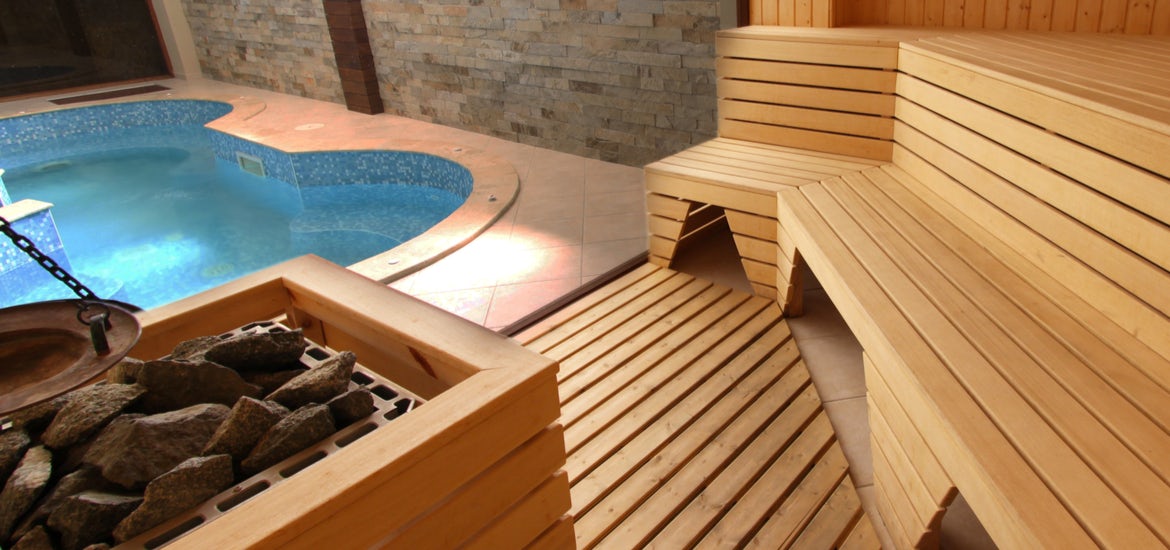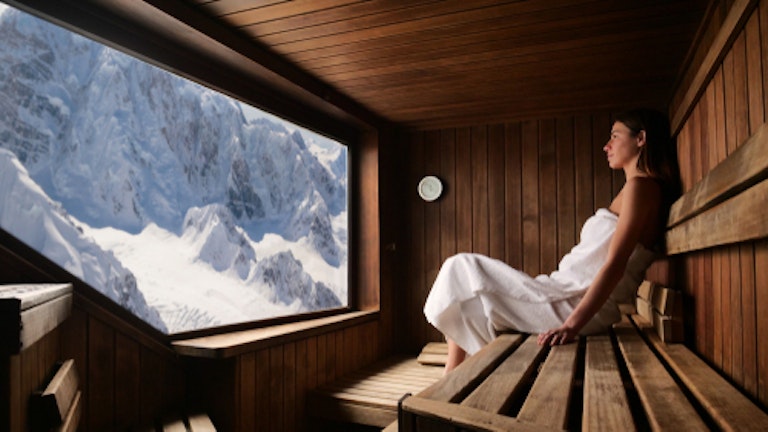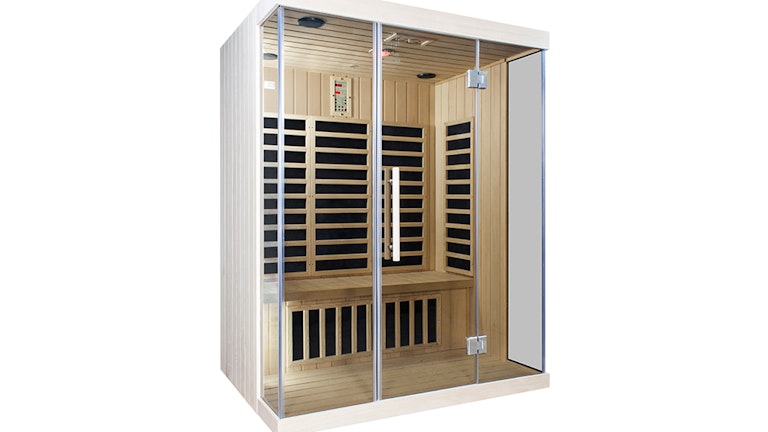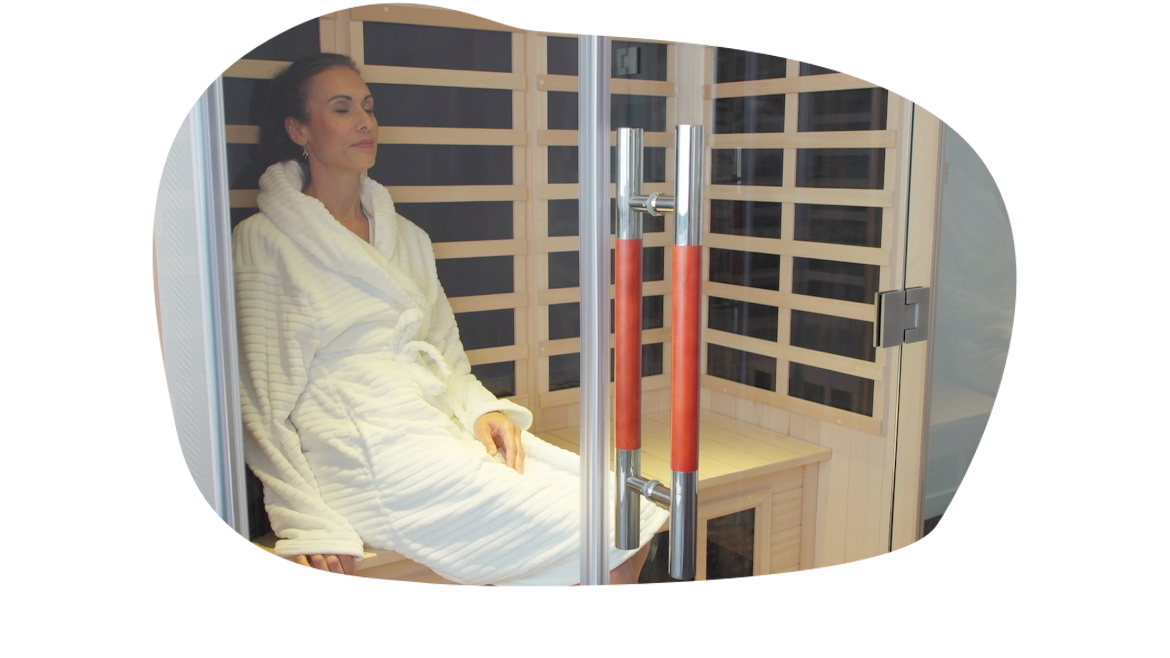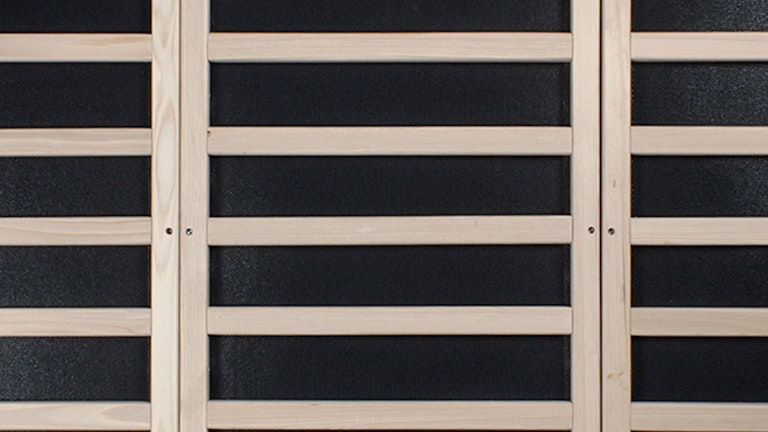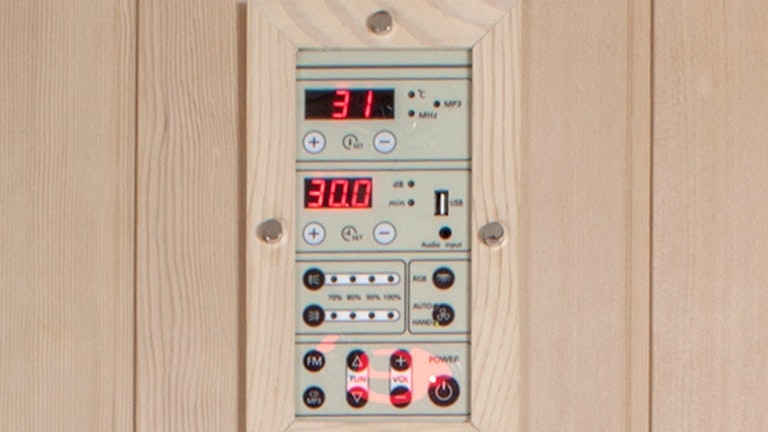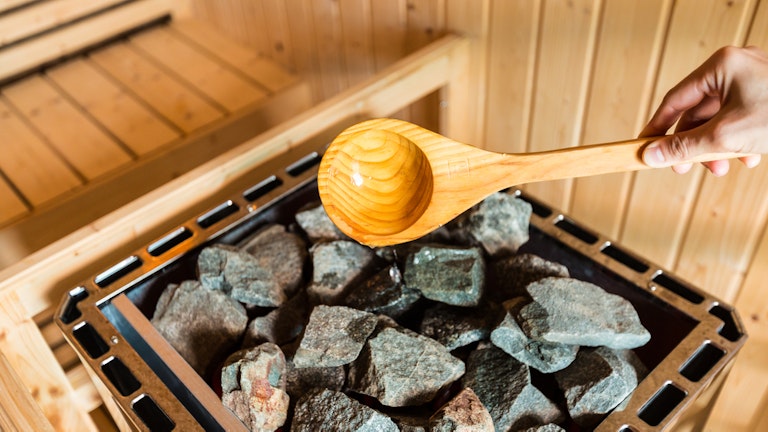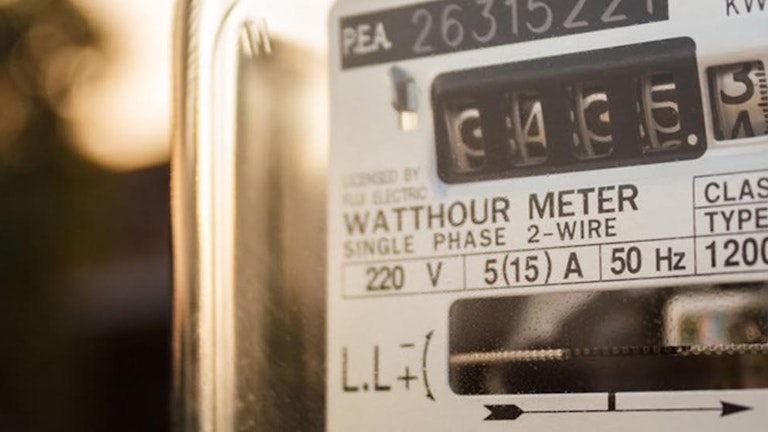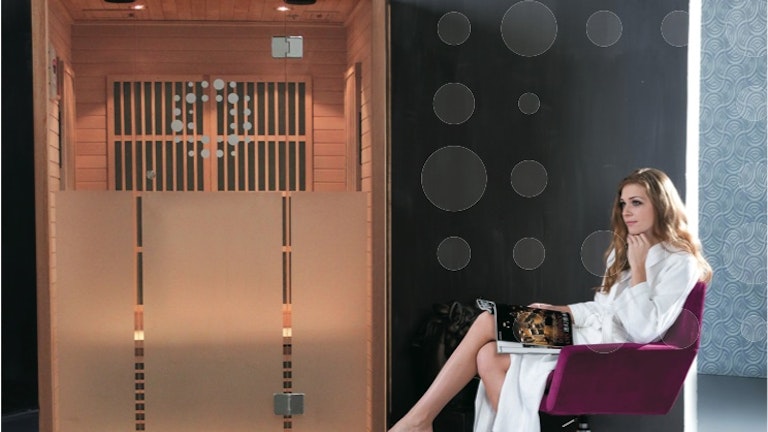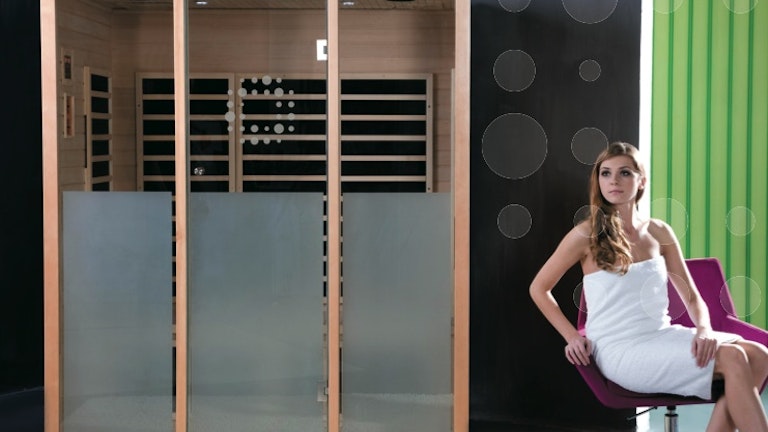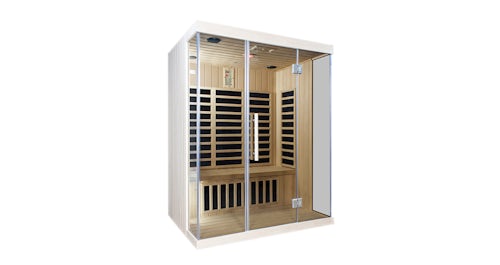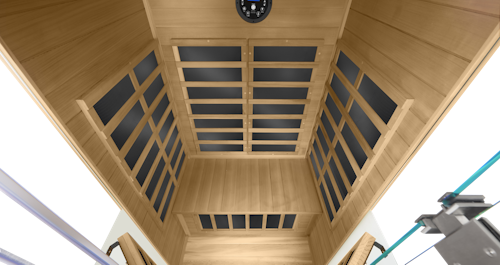What is a sauna?
Put simply, ‘sauna’ describes any heating system intended to create profuse sweating.
Saunas are thought to have originated in Finland around 7000bc. The earliest known sauna structures were dug into the earth and lined with stone.
Today, modern saunas are typically timber-framed rooms heated with hot stones, wood stoves, hot embers, or electricity. They can be indoors or outdoors.
There are lots of different types available from traditional steam saunas and steam rooms heated with hot stones through to the latest state-of-the-art infrared therapy saunas.
Today’s high-tech saunas can feature sound systems, Bluetooth® capability and mood lighting. Then there are all the finishing touches like colour and timber choices.
